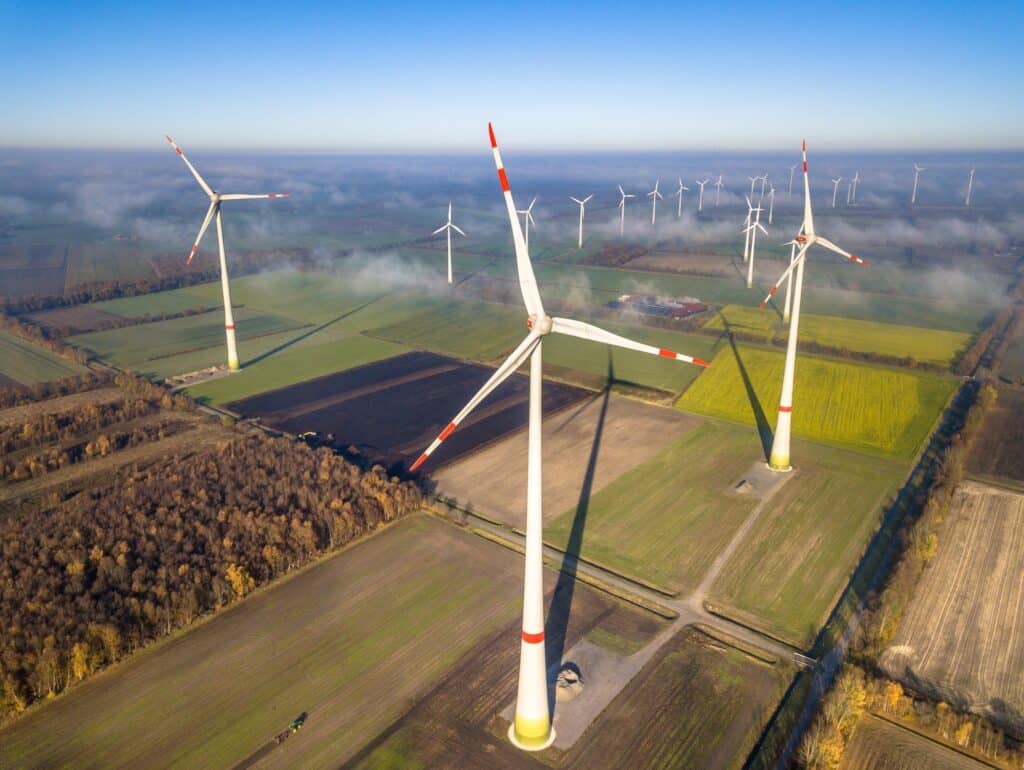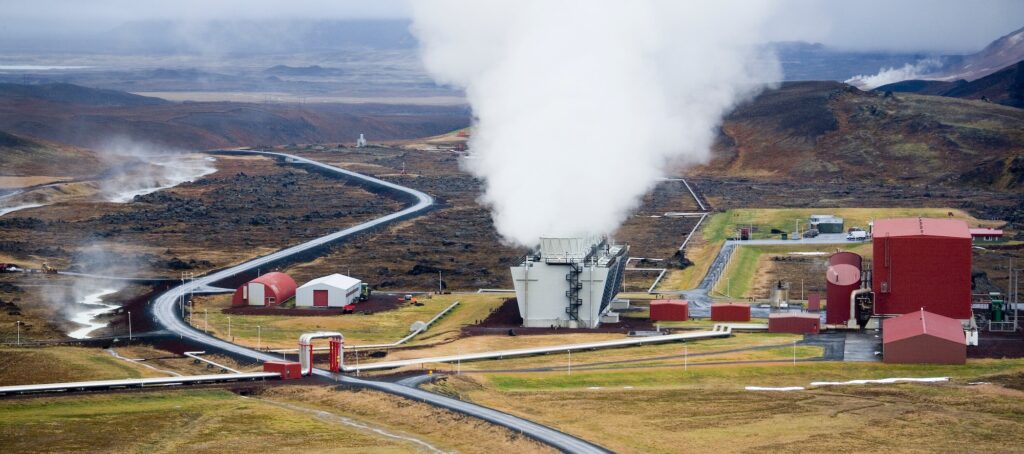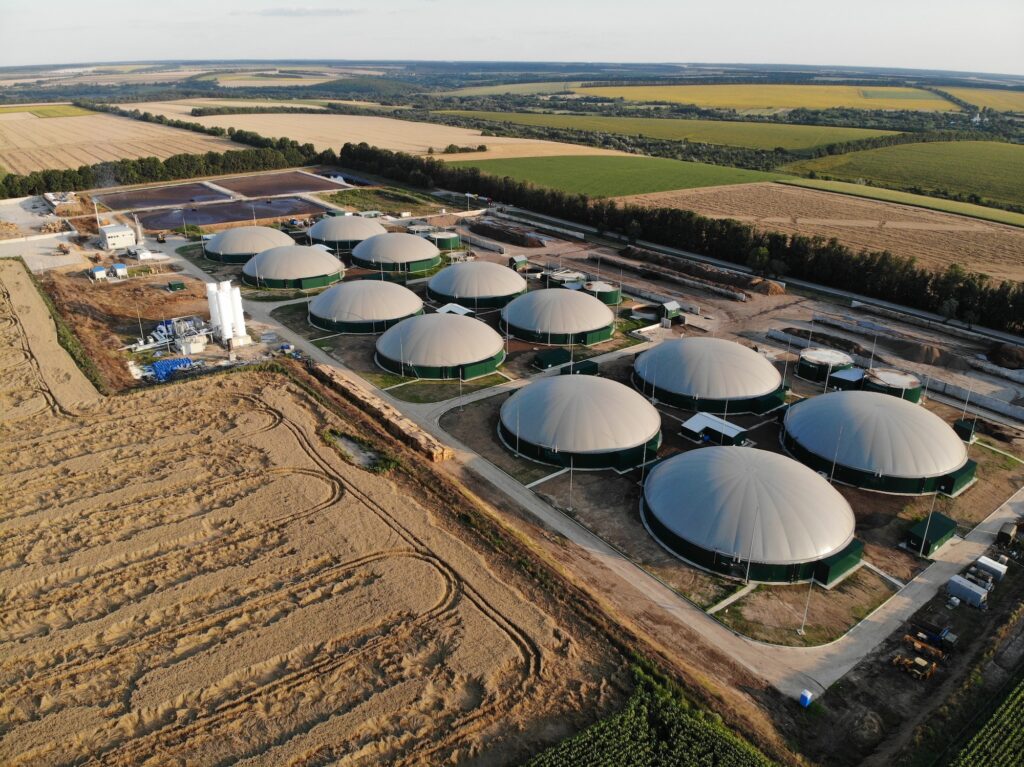Introduction
Solar power has become an increasingly popular renewable energy source, but how does it compare to other forms of clean energy? In this article, we will provide a comprehensive solar power comparison with other renewable energy sources such as wind, hydro, geothermal, and biomass energy. We will discuss their benefits, limitations, and suitability for various applications.
1. Solar Power

Solar power is generated by converting sunlight into electricity using photovoltaic (PV) panels or concentrated solar power (CSP) systems. PV panels directly convert sunlight into electricity, while CSP systems concentrate sunlight to heat a fluid, which is then used to generate electricity. The benefits of solar power include:
- Abundant and widely available energy source
- Low operating and maintenance costs
- Environmentally friendly, producing zero emissions
- Can be installed on a small scale for residential use or on a large scale for utility-scale power plants
However, solar power has some limitations, such as:
- Intermittent energy production, dependent on sunlight
- High initial costs for installation and equipment
- Requires a large area for utility-scale installations
2. Wind Power

Wind power involves converting the kinetic energy of wind into electricity using wind turbines. The benefits of wind power include:
- Abundant and widely available energy source
- Low operating and maintenance costs
- Environmentally friendly, producing zero emissions
- Suitable for both onshore and offshore installations
However, wind power has some limitations, such as:
- Intermittent energy production, dependent on wind speeds
- Noise pollution and potential negative impacts on wildlife
- High initial costs for installation and equipment
3. HydroPower

Hydropower generates electricity by harnessing the potential energy of flowing or falling water, typically using a dam or run-of-the-river system. The benefits of hydropower include:
- Reliable and continuous energy production
- Low operating and maintenance costs
- Environmentally friendly, producing low emissions
- Can be used for both large-scale and small-scale installations
However, hydropower has some limitations, such as:
- High initial costs for installation and equipment
- Potential negative environmental impacts, such as disrupting ecosystems
- Limited availability of suitable sites for hydropower plants
4. Geothermal Energy

Geothermal energy involves tapping into the Earth’s natural heat, usually by extracting steam or hot water from underground reservoirs. The benefits of geothermal energy include:
- Reliable and continuous energy production
- Low operating and maintenance costs
- Environmentally friendly, producing low emissions
- Suitable for both electricity generation and direct heating applications
However, geothermal energy has some limitations, such as:
- Limited availability of suitable sites with high geothermal potential
- High initial costs for installation and equipment
- Potential negative environmental impacts, such as the release of greenhouse gases
5. Biomass Energy

Biomass energy is generated by burning organic materials such as wood, agricultural waste, and animal manure. The benefits of biomass energy include:
- Abundant and widely available energy source
- Can help reduce waste and promote sustainable agriculture
- Environmentally friendly when sourced sustainably and burned efficiently
However, biomass energy has some limitations, such as:
- Can contribute to deforestation and habitat loss if not sourced sustainably
- Produces emissions when burned, although cleaner than fossil fuels
- Requires a consistent supply of biomass feedstock for continuous energy production

Conclusion: Solar Power Comparison
Each renewable energy source has its own unique set of benefits and limitations. Solar power is an abundant and environmentally friendly option with low operating costs, making it an attractive choice for residential and utility-scale installations. However, it has limitations such as intermittent energy production and high initial costs.
When doing a solar power comparison against other renewable energy sources like wind, hydro, geothermal, and biomass energy, it’s essential to consider factors such as availability, costs, environmental impacts, and the specific energy needs of a given application. By understanding the strengths and weaknesses of each renewable energy source, we can make informed decisions about the most suitable options for our energy needs and contribute to a more sustainable future.
Sources:
- U.S. Energy Information Administration. (2021). Renewable energy explained.
Retrieved from https://www.eia.gov/energyexplained/renewable-sources/ - International Renewable Energy Agency. (2020). Renewable energy benefits: Leveraging local capacity for solar PV.
Retrieved from https://www.irena.org/publications/2020/Jun/Leveraging-Local-Capacity-for-Solar-PV - National Renewable Energy Laboratory. (2021). Renewable energy basics.
Retrieved from https://www.nrel.gov/research/re-renewable-energy-basics.html

